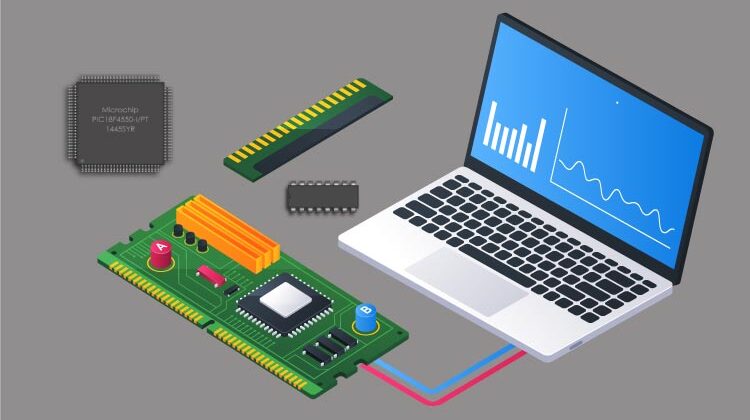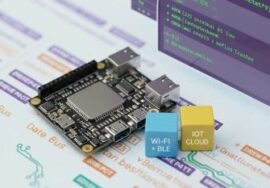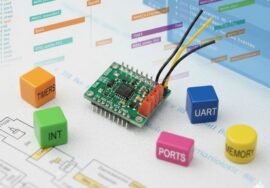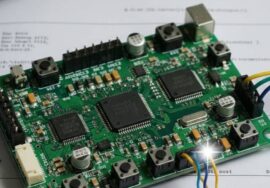
AI in Embedded Systems and Applications
Artificial Intelligence (AI) has become a transformative technology across industries, and its integration with embedded systems is driving innovation in countless applications. By bringing AI capabilities to embedded systems, developers can create intelligent devices that process data locally and make real-time decisions, reducing the reliance on cloud computing.
Understanding Embedded Systems and AI
Embedded systems are specialized computing systems designed to perform dedicated tasks, often in real-time environments. These systems are found in devices such as automotive control units, industrial machinery, consumer electronics, and medical equipment. They typically consist of a microcontroller or microprocessor, memory, and input/output interfaces.
AI (Artificial Intelligence) refers to the ability of machines to mimic cognitive functions such as learning, problem-solving, and decision-making. Machine learning (ML), a subset of AI, enables devices to learn from data and improve their performance over time without explicit programming.
Why AI in Embedded Systems?
The integration of AI into embedded systems offers several benefits:
- Real-Time Decision Making: AI-enabled embedded systems can analyze data locally and make decisions instantly.
- Reduced Latency: On-device processing eliminates the need for continuous cloud communication, reducing response time.
- Improved Privacy and Security: Data remains on the device, enhancing privacy and reducing security risks.
- Energy Efficiency: Optimized AI algorithms ensure efficient use of power, which is critical for battery-operated devices.
- Enhanced Functionality: AI allows devices to perform complex tasks such as image recognition, predictive maintenance, and voice control.
Key Components of AI-Driven Embedded Systems
- AI Algorithms: Machine learning models trained to perform specific tasks such as classification, regression, and anomaly detection.
- Edge Computing Hardware: AI processors, neural processing units (NPUs), and accelerators optimized for AI workloads.
- Firmware and Software Frameworks: Platforms like TensorFlow Lite, PyTorch Mobile, and Edge Impulse enable AI model deployment on embedded systems.
- Sensors and Data Acquisition Modules: Essential for capturing real-world data for AI analysis.
Applications of AI in Embedded Systems
- Smart Home Devices:
- Voice-controlled assistants, security cameras with facial recognition, and energy management systems.
- Automotive Industry:
- Advanced driver-assistance systems (ADAS), autonomous vehicles, and predictive maintenance.
- Healthcare and Wearables:
- AI-driven medical monitoring devices, fitness trackers, and diagnostic tools.
- Industrial Automation:
- Predictive maintenance, robotic arms, and real-time quality control.
- Consumer Electronics:
- AI-powered cameras, smart TVs, and intelligent personal gadgets.
- Agriculture:
- Precision farming using AI-driven drones and smart irrigation systems.
- Retail:
- AI-enabled point-of-sale systems, inventory management, and personalized customer experiences.
Challenges in AI-Enabled Embedded Systems
- Limited Computational Resources:
- Embedded systems have constrained processing power and memory.
- Power Consumption:
- AI computations can be power-intensive, challenging for battery-operated devices.
- Model Optimization:
- Reducing the size and complexity of AI models without compromising accuracy.
- Security Concerns:
- Protecting AI models and data from unauthorized access.
- Real-Time Requirements:
- Ensuring low latency while processing AI tasks.
Future of AI in Embedded Systems
The convergence of AI and embedded systems is set to revolutionize industries by enabling smarter, more autonomous devices. Innovations in hardware accelerators, AI model compression, and energy-efficient designs will further expand AI capabilities in embedded applications. As the demand for intelligent edge devices grows, AI-driven embedded systems will become an essential part of our daily lives.








